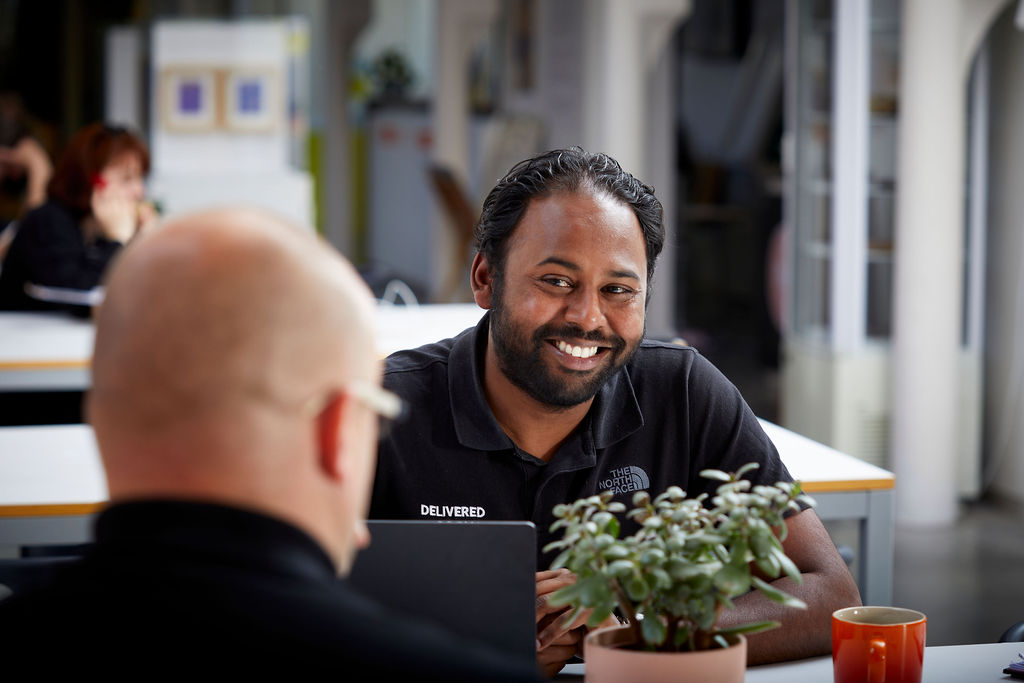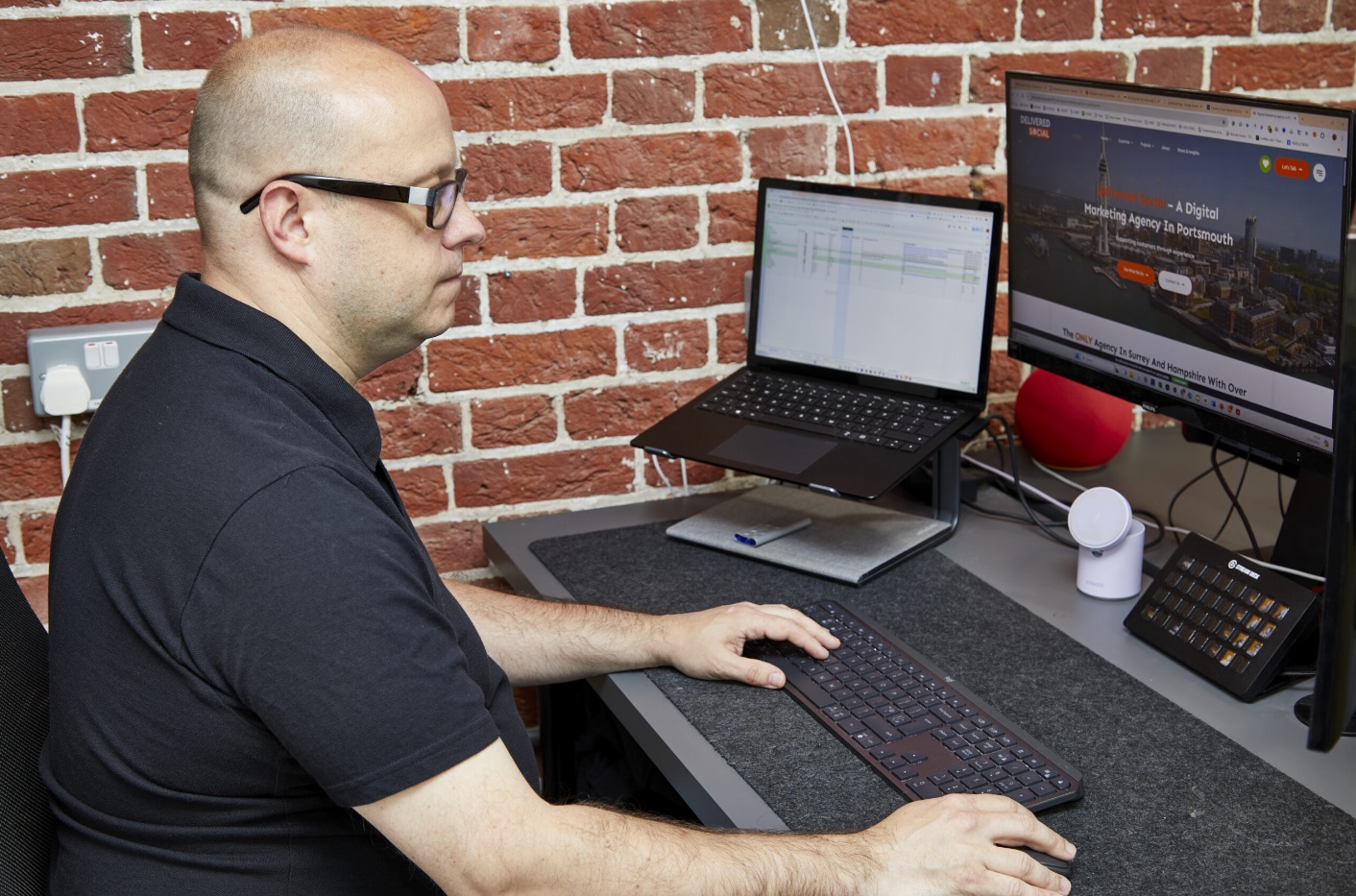
Imagine your small business blowing up with orders from places like Tokyo or Paris. Pretty awesome, huh? That’s what international SEO can do—it gets your website noticed all over the world. It’s more than just translating stuff. It’s about connecting with people far away in a way that feels personal. Let’s break it down with simple steps and examples to help you go global.
What Is International SEO?
International SEO is like giving your website a world traveler’s passport. It makes sure your site pops up in search results everywhere, not just near you. Local SEO keeps it close to home, but this? It’s about reaching folks from Berlin to Brazil. You get more visitors, a bigger brand, and a chance to make friends across the globe.
Look at Coca-Cola—they make tons of money worldwide because their site fits each country’s vibe. International SEO helps your website do that too, feeling local no matter where someone searches.
Why Should You Care?
Going global rocks for a reason. Check this out:
- More People Find You: You’ll get a lot more visitors because Google, being so massive, can display your site to anyone, anywhere. Airbnb nails this with pages for travelers everywhere.
- Grow Big: New markets mean more traffic. IBM gets half its cash from other countries!
- Build Trust: People love brands that get them. A skincare company might push light serums in Asia but thick creams in Europe.
- Beat the Competition: While others stay local, you grab fans in quieter spots.
I tried this with a side project once. It’s like hosting a worldwide party—you just need to know what everyone likes!
Getting Started
You need a game plan first. Here’s how to kick things off:
1. Hunt Down Keywords
Keywords are your key to new audiences. Figure out what people search for in each country. Tools like KWFinder show you hot keywords in different languages. In the UK, it’s “trainers,” but in the US, it’s “sneakers.” Tiny changes like that matter.
I helped a friend’s shop once. We downloaded a VPN to peek at German search results—super different! Try this:
- Pick keywords lots of people use but aren’t too crowded.
- Watch for local words—like “lorry” in the UK, “truck” in the US.
- Google Trends shows what’s big in each place.
2. See How You Rank
Curious how your site does abroad? SERP checker tools from Mangools, SerptRobot, and Ahrefs tell you where you stand in countries like Japan or Spain. If you’re huge in the US but invisible in France, you’ve got a clue where to focus.
It’s like spying on the competition. You see who’s winning and tweak your plan.
3. Know What People Want
Searches change by location. “Coffee” in Italy means espresso spots, but in the US, it’s chain stores. SERP checking tools show what locals expect.
For a travel blog, I swapped “pubs” for the UK and “bars” for the US. People stayed longer because it clicked.
4. Check If You’re Ready
Before diving in, think:
- Do people want your stuff there?
- Can you take on local businesses?
- Got cash for translations and tech?
This quick check picks the best spots to start.
Making Your Site Global
Globalize your website now. Here’s what to do:
1. Pick a Website Address
Your site’s URL shows who you’re talking to. Options include:
- Country codes: Like .fr for France. Mercedes uses .de for Germany.
- Subdomains: Try es.yoursite.com for Spanish.
- Subfolders: Yoursite.com/es is cheap and simple.
- Language tags: Yoursite.com?lang=es works too.
- Separate sites: Big brands do this, but it’s a hassle.
Jabra mixes it up with subdomains and country codes. Tools like GeoTargetly send people to the right spot based on where they are.
Tips:
- Keep URLs clear, like yoursite.com/fr/shoes.
- Add hreflang tags to point out languages and countries.
- Use canonical tags so Google doesn’t get confused.
2. Use Hreflang Tags
These tags tell search engines, “This page is for Spanish speakers in Mexico.” Skip them, and Google might mess up. For example, hreflang=”en-uk” is for UK English.
Booking.com rocks this, showing the right language everywhere. Tag your code, then confirm in Google Search Console.
3. Make Content Local
Translation’s not enough—it’s got to feel local. Change pics, words, even products. Coca-Cola’s “Share a Coke” used local names, and it crushed it.
For a bakery site, we ditched cupcakes for macarons in France. People loved it. Do this:
- Hire native speakers for real talk.
- Use keywords from your research.
- Match pics and ideas to local ways—like avoiding red in some Asian spots.
4. Speed Things Up
Slow sites lose people, especially where internet’s shaky. Fix it with:
- A CDN to load fast from nearby servers.
- Smaller images that still look good.
- Caching so regulars get quick visits.
Test speed with Google PageSpeed Insights.
5. Grab Local Links
Links from local sites boost your rep. Write for local blogs or team up with influencers. A backlink checker shows where competitors get theirs.
A fitness site I worked on got a post on an Aussie blog—rankings jumped!
6. Hit Up Social Media
Social media connects you worldwide. Share what locals care about and chat in their language. For a travel brand, Brazilian festival posts got tons of love.
Tracking How You’re Doing
See what’s working with these:
- Google Search Console: Clicks and views by country, plus hreflang checks.
- Google Analytics: How people use your site from different places.
- SERPWatcher: Tracks your keyword ranks abroad.
- Watch These:
- Bounce Rates: Too high? Content’s off.
- CTR: Low means tweak your titles.
- Conversions: Are people buying?
- Load Times: Slow spots need help.
Tips to Stand Out
Make it shine:
- Stay Curious: Google Trends shows what’s hot.
- Mix It Up: Videos, blogs, pics—keep it fun.
- Go Mobile: Everyone’s on phones, so make it smooth.
- Use Tools: Hike SEO’s Kit saves time.
- Learn More: SEO shifts, so keep up.
Next-Level Stuff
Ready for more?
- Hit multiple languages in one place, like English and Spanish in the US.
- Use schema.org to grab attention in search.
- Check hreflang and canonical tags to avoid mix-ups.
Wrap It Up
International SEO puts your business on the world map. Start with keyword hunting, set your site up right, and make content that feels like home to everyone. Tools like Google Search Console and SERP watching tools show you what’s clicking. It’s not perfect—it’s trying, learning, and growing.
What’s your move? Check your site, tag it up, and talk to the world. The global spotlight’s yours!
Interested In Working Together?
Introducing Delivered Social. We’re The Most-Rated Digital Agency In Surrey & Hampshire – We’ve Got To Be Doing Something Right.
Delivered Social is a digital marketing agency with one mission—to help businesses grow. We’re famous in Guildford and Portsmouth for our social clinics. We believe in free advice. We build lasting relationships because our team prides itself on being helpful, which our clients appreciate.
If you are looking for a new website or an agency to manage your social media presence, we can help.
If you need something slightly different, here's a super handy list of all our services, or you can always email us.



















